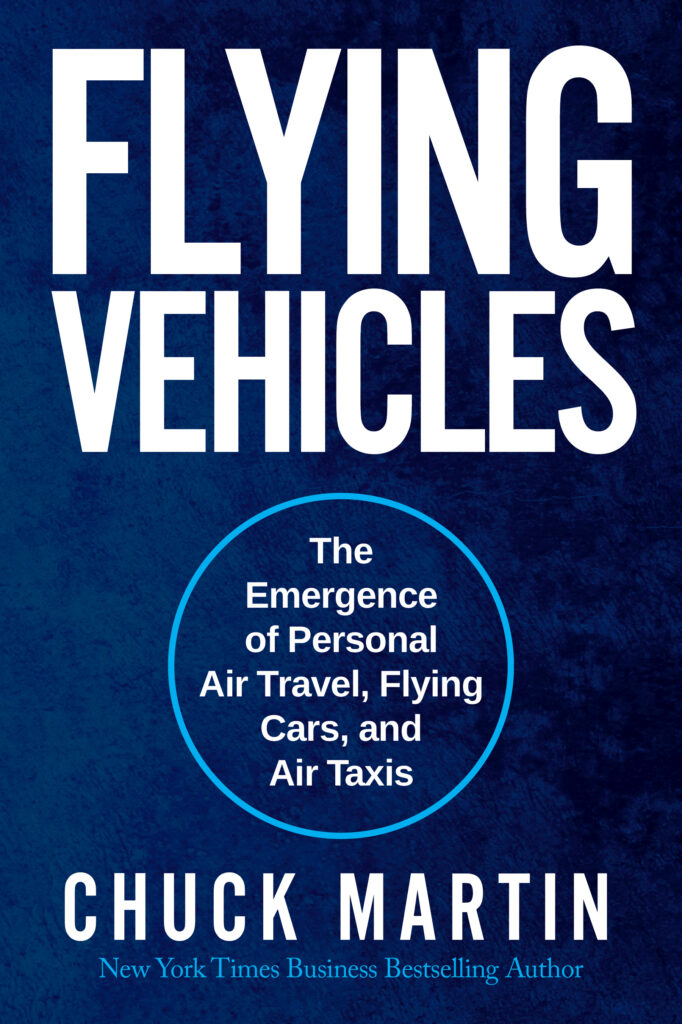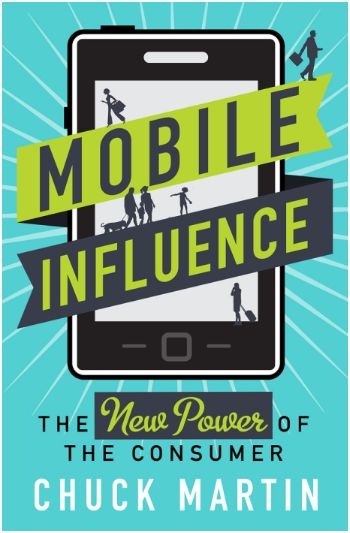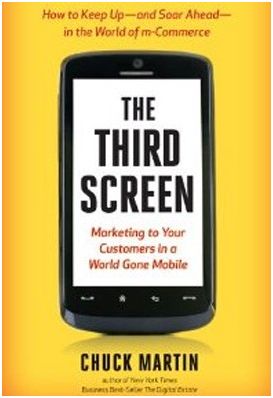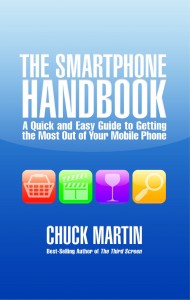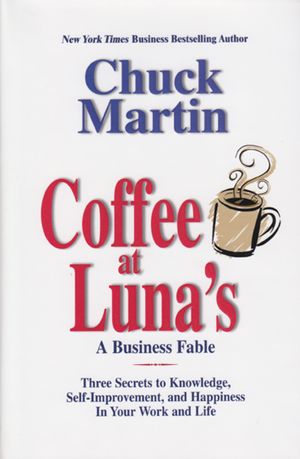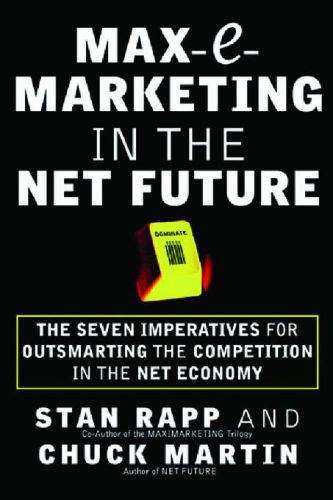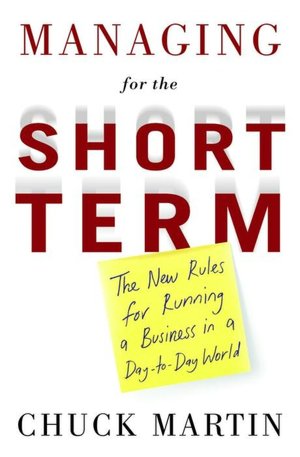What is the ultimate role of the mobile device in the hands of sales associates?
For the last several days I’ve been pondering the recent Harris poll earlier showing that the majority (59%) of smartphone-armed showroomers prefer looking up product information on their phone to asking salespeople for help.
While there may be anecdotal research indicating that shoppers typically ask a sales person to direct them to the location of a product, that majority mobile preference number still seems significant.
We know from various studies that consumers want to shop and buy in a physical store, making brick and mortar a potential huge asset for retailers facing mobile shoppers.
Research also shows that consumers will use their mobile devices in-store.
This begs the question of what is the role of the sales associate in relation to the mobile shopper, especially in light of the consumer desire not to deal with salespeople?
It may be that some consumers perceive that the salesperson is going to try to sell them something, since that is part of their job title.
Some mobile implementations at retail involve providing salespeople with smartphones or tablets, with an eye toward using devices to find and share additional product information or even expedite checkout.
But what if rather than using mobile devices in trying to sell, salespeople used them to help consumers buy?
The difference may seem subtle, but could be based on what the consumer wants or needs vs. what the seller is trying to sell.
Picture this scenario: I walk into Best Buy, select a new flat-screen computer monitor, find it and bring it to a sales associate in that department to pay.
The sales associate looks up my rewards number and notes that I am one of their best customers.
The salesperson “let’s make sure you’re getting the best deal here.”
The salesperson takes out his company-issued smartphone, opens an app like ShopSavvy or Amazon Price Check, and scans the product barcode.
“I see this monitor is $25 less at Staples and $30 cheaper at Amazon, Mr. Martin. How about we match that price and deduct $30?”
Companies like Best Buy already have price matching policies in place, even if not all consumers are familiar with them.
In the scenario, the consumer is assured they got the best deal and if not totally mobile savvy, are shown how to use mobile to instantly price-compare. (Part of the equation is obviously to consider the measurement metrics of profit margins compared to customer retention.)
Would you tend to frequent the retailer that always made sure you got the best deal?
I’m sure you can come up with numerous variations of this price matching scenario or others involving best uses of mobile at retail, so feel free to send them along.
The process of adapting to mobile shoppers at physical outlets is still in the early stages with a long way to go.
Chuck Martin is Editor of the mCommerce Daily at MediaPost and writes the daily MobileShopTalk column. He is the author of “Mobile Influence,” “The Third Screen,” and “The Smartphone Handbook.” He is CEO of Mobile Future Institute. Chuck Martin is a frequent Mobile Keynote Speaker and Mobile Marketing Speaker around the world.


